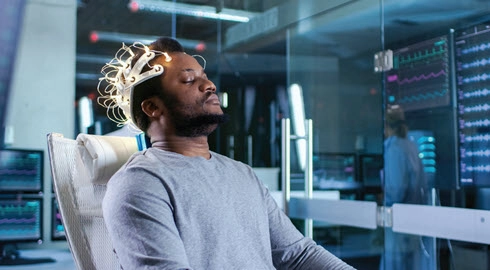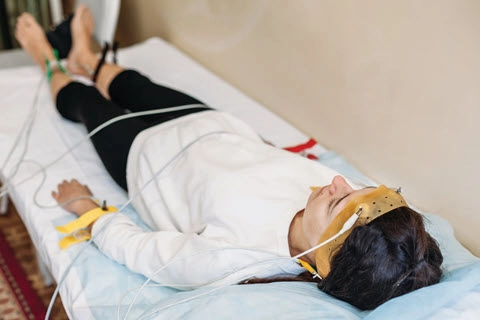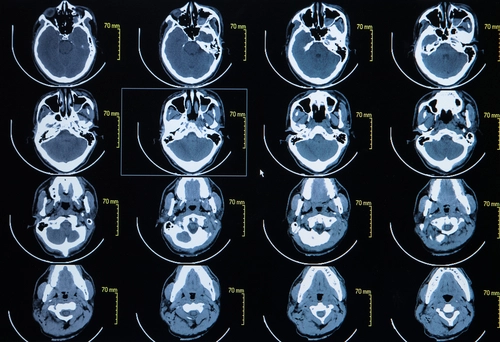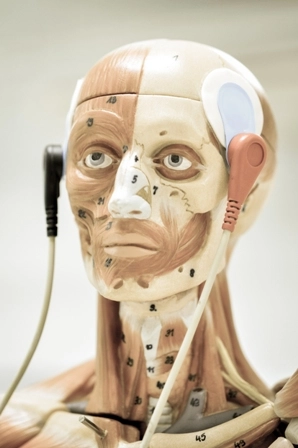Wake Up to Sleep Study Code Differences
Here’s why you can’t classify all sleep studies as polysomnography. You can increase your coding accuracy for facility-based outpatient sleep studies by understanding a few basics about the services, codes, and modifiers involved. Here’s what they are: Sleep studies and polysomnography (PSM) refer to continuous and simultaneous monitoring and recording of various physiological and pathophysiological parameters of sleep for six or more hours with physician review, interpretation, and report. These studies help providers assess whether patients have sleep disorders, and also assess patients’ responses to certain therapies initiated to overcome these disorders. Check these quick tips to ensure you’re reporting these services correctly. Know the Coding Options To report sleep testing procedures, you should choose from the CPT® codes 95800 (Sleep study, unattended, simultaneous recording; heart rate, oxygen saturation, respiratory analysis (eg, by airflow or peripheral arterial tone), and sleep time) through 95811 (Polysomnography; age 6 years or older, sleep staging with 4 or more additional parameters of sleep, with initiation of continuous positive airway pressure therapy or bilevel ventilation, attended by a technologist). Keep in mind, however, that polysomnography and sleep study are two separate services. Finding notes regarding “sleep staging” can help you differentiate the two. When the provider records and stages the patient’s sleep, you should turn to polysomnography codes. Be sure you have clear documentation of frontal, central, and occipital lead EEG, right and left electro-oculogram, and submental electromyogram (EMG) when you report polysomnography. Since EEG is a requirement for these diagnostic studies, do not separately report EEG when billing for polysomnography. Calculate the Billable Parameters Depending upon the number of additional parameters monitored, choose from codes 95808 (Polysomnography; any age, sleep staging with 1-3 additional parameters of sleep, attended by a technologist), 95810 (Polysomnography; age 6 years or older, sleep staging with 4 or more additional parameters of sleep, attended by a technologist), or 95811. CPT® section guidelines indicate the additional parameters that are typically required in polysomnography include ECG, nasal and/or oral airflow, respiratory effort, oxyhemoglobin saturation, and bilateral anterior tibialis EMG. When the record shows four or more additional parameters of sleep were monitored and continuous positive airway pressure therapy (CPAP) or bilevel ventilation was initiated during the polysomnography study, submit 95811. However, if you report 95811, do not also report 94660 (Continuous positive airway pressure ventilation (CPAP), initiation and management). Separate ‘Unattended’ Sleep Tests from ‘Attended’ Ones You may not always see notes regarding technician support during a sleep study. If not, these recordings are said to be “unattended” and your clinician recommends a portable device to take the recordings. The CPT® section guidelines provides clarification as to the term “unattended.” It is when a technologist or qualified healthcare professional is not physically present with the patient during the recording session. You have three coding choices for unattended procedures: Details: CPT® code 95801 requires the fewest simultaneous recordings — heart rate, oxygen saturation, and respiratory analysis. When in addition of these, the sleep time is also recorded, report code 95800. For an additional recording of respiratory effort, report 95806. Respiratory effort can be measured by EMG monitoring of the contraction of the diaphragm and/or the intercostal muscles, and as such, it would not be appropriate to separately report 95866 (Needle electromyography; hemidiaphragm) when performed as part of the sleep study. CPT® section guidelines provide the following definition of “attended” in regard to sleep medicine testing: “a technologist or qualified health care professional is physically present (ie, sufficient proximity such that the qualified health care professional can physically respond to emergencies, to other appropriate patient needs or to technical problems at the bedside) throughout the recording session.” When technician support is present during the sleep study, choose 95807 (Sleep study, simultaneous recording of ventilation, respiratory effort, ECG or heart rate, and oxygen saturation, attended by a technologist). Reporting this code requires recording of four discrete parameters: ventilation (nasal or oral); heart rate or ECG; respiratory effort which may include motion of thorax and/or abdomen, diaphragm EMG, or pleural pressure; and oxygen saturation using pulse oximetry. Note: Polysomnography is always attended by a technician. Utilize Modifiers 26 and 52 Wisely Polysomnography or sleep study can be reported “globally” as a single, complete procedure or billed separately by the professional and technical components of each, depending upon the location of the service, says Carol Pohlig, BSN, RN, CPC, ACS, senior coding and education specialist at the Hospital of the University of Pennsylvania. Remember: The sleep study codes include recording, interpretation, and reporting. When your provider only interprets the report of a recording, append modifier 26 (Professional component) to the study code. For CPT® codes 95800, 95801, and 95806-95811, you should report modifier 52 (Reduced services) with the sleep diagnostic study code when there are less than six hours of recording. Keep a Sharp Lookout for Wakefulness Studies On the day following polysomnography, your clinician may request a test for sleepiness during the daytime. This is known as a wakefulness study. The provider may prescribe certain low-demand activities for the patient and instruct the patient to resist sleep during these periods. You’ll report 95805 (Multiple sleep latency or maintenance of wakefulness testing, recording, analysis and interpretation of physiological measurements of sleep during multiple trials to assess sleepiness) for the assessment. Both the maintenance of wakefulness test (MWT) and the multiple sleep latency test (MSLT) are considered to be attended diagnostic studies. If less than four nap opportunities are recorded during the MWT or MSLT, modifier 52 should be appended to 95805. Your provider may request actigraphy for some patients — a non-invasive recording of gross motor movements that helps assess the patient’s rest/activity cycles across many days. Actigraphy is useful in evaluating insomnia, circadian rhythm, sleep disorders, excessive sleepiness, and restless leg syndrome. The minimum actigraphy recording should last three days. You report actigraphy with 95803 (Actigraphy testing, recording, analysis, interpretation, and report (minimum of 72 hours to 14 consecutive days of recording)). Remember: Don’t report 95803 more than once for a 14-day period. CPT® coding guidelines also instruct that you should not report 95803 in conjunction with codes 95806-95811. Additionally, 95803 is bundled by National Correct Coding Initiative (NCCI) edits into the 95806-95811 codes. These bundling edits cannot be bypassed with a modifier under any circumstance.





